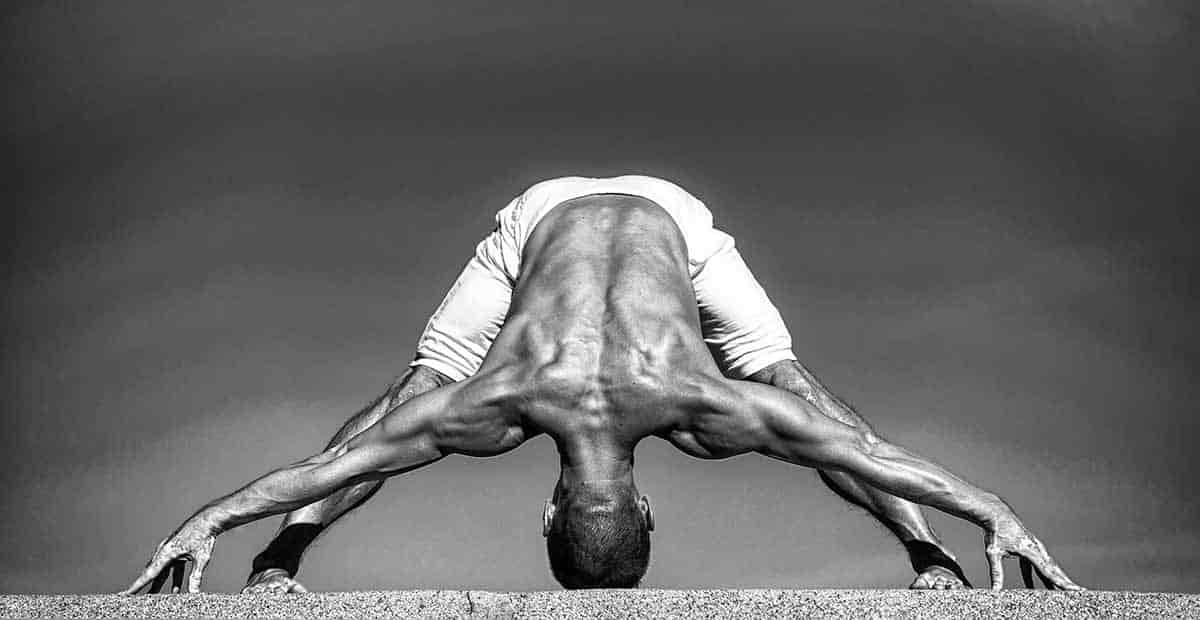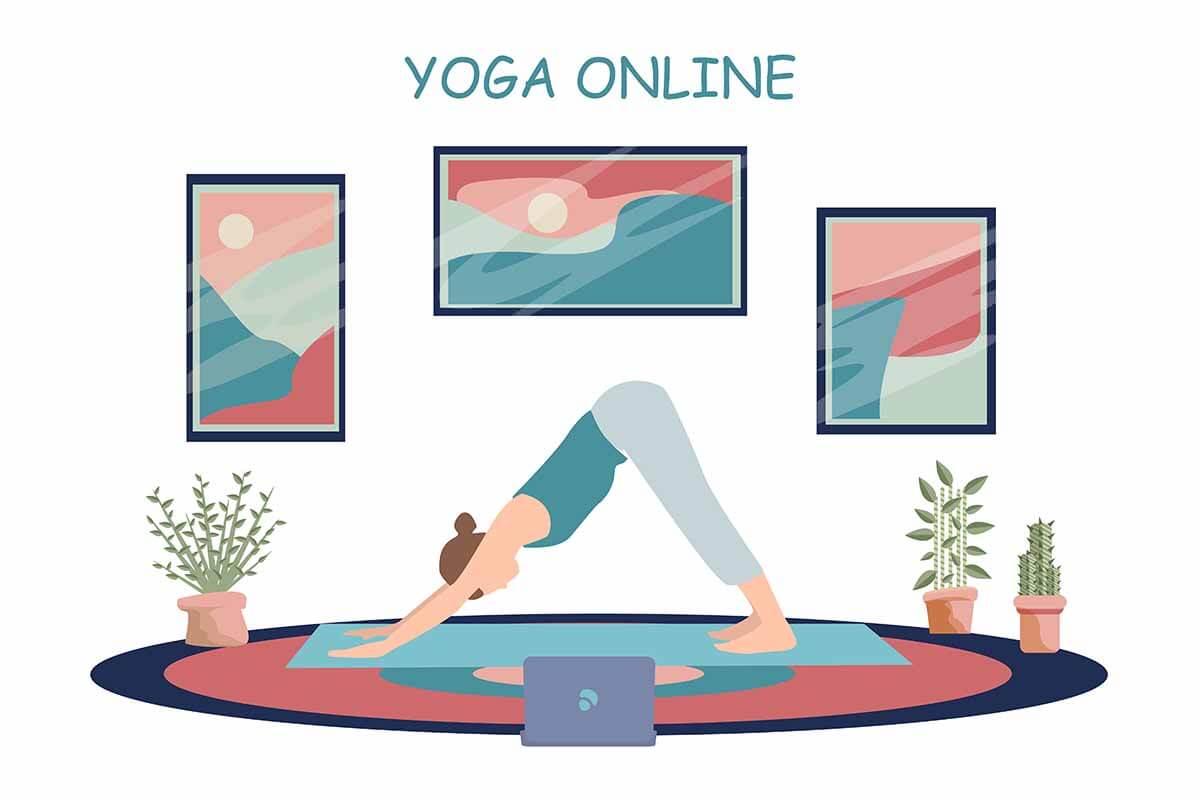
he world of yoga offers a vast array of styles and practices, each with its unique focus and benefits. Two popular styles that often spark curiosity are Yin and Hatha yoga. While both are rooted in ancient traditions, they differ significantly in their approach, making it essential to understand their nuances when choosing the right practice for your needs. In this article, we will explore the differences between Yin and Hatha yoga, discuss which style may be more suitable for beginners, and provide insights into the benefits of each practice.
Article Topics
What are the main differences between Yin and Hatha yoga?
How do the goals and intentions of Yin and Hatha yoga differ?
Yin yoga is a slow-paced practice focused on increasing flexibility and cultivating a meditative state of mind. It targets the deep connective tissues, including ligaments, tendons, and fascia, and aims to release tension and restore balance within the body. The primary goal of Yin yoga is to promote relaxation, self-awareness, and introspection.
Hatha yoga, on the other hand, is a more dynamic practice that combines physical postures (asanas), breathwork (pranayama), and meditation techniques to create balance between the body and mind. The primary goal of Hatha yoga is to improve overall well-being, increase strength and flexibility, and cultivate mental clarity and focus.
What are the differences in the pacing and style of the classes?
Yin yoga classes are characterized by their slow, meditative pace, with poses being held for longer periods, typically between three to five minutes or even longer. This extended time in each posture allows for a deeper release of tension and encourages a more profound connection with the breath and the present moment.
Hatha yoga classes, in contrast, involve a more active flow of postures, with each pose being held for a shorter duration, typically between 30 seconds to one minute. The practice is designed to engage the muscles, increase blood flow, and build strength and flexibility while maintaining a strong focus on breath and alignment.
Is Yin or Hatha yoga better suited for beginners?
Can someone with limited flexibility or physical restrictions practice Yin or Hatha yoga safely?
Both Yin and Hatha yoga are suitable for beginners, as they can be adapted to accommodate varying levels of flexibility and physical ability. For those new to yoga or with limited flexibility, it is essential to practice under the guidance of a qualified instructor who can offer modifications and support to ensure a safe and comfortable experience.
Yin yoga, with its gentle, passive nature, may be an excellent choice for beginners looking for a slower-paced practice that promotes relaxation and stress relief. Hatha yoga, on the other hand, may be more suitable for those seeking a more active practice that combines physical postures with breathwork and meditation techniques.
How do the physical postures in Yin and Hatha yoga compare?
Are there any unique poses in Yin yoga that are not found in Hatha yoga, and vice versa?
While both Yin and Hatha yoga incorporate familiar asanas, there are differences in the way the postures are executed and the focus of each practice. Yin yoga poses primarily target the deep connective tissues and joints, with many postures being performed close to the ground, either seated or lying down. These poses are held passively for extended periods, allowing the body to slowly release tension and stress.
Hatha yoga, in contrast, includes a more extensive range of postures, from standing and balancing poses to inversions and backbends. These asanas are performed actively, engaging the muscles and challenging the body’s strength, balance, and flexibility.
What are the typical class structures for Yin and Hatha yoga?
How long are the poses typically held in each style?
In Yin yoga classes, poses are held for an extended duration, typically between three to five minutes or even longer. This extended time in each posture allows for a deeper release of tension in the connective tissues and encourages a meditative state of mind.
In Hatha yoga classes, poses are held for a shorter period, usually between 30 seconds to one minute. This more dynamic approach to the postures helps build strength, flexibility, and balance while maintaining a strong focus on breath and alignment.
Are there any specific sequencing principles for Yin and Hatha yoga classes?
Yin yoga classes generally follow a sequence designed to target specific areas of the body, such as the hips, lower back, or shoulders. The poses are often grouped according to their primary target area or energetic focus, and the class may be structured around a specific theme or intention.
Hatha yoga classes often follow a more structured sequence that includes a warm-up, a series of standing and balancing postures, seated poses, and inversions, followed by a cool-down and relaxation period. The sequence may be designed to address a specific intention, such as opening the heart or grounding energy, or it may follow a more traditional sequence based on classical Hatha yoga teachings.
Are there differences in the use of props and modifications in Yin and Hatha yoga?
What types of props are commonly used in each style, and how are they employed to support the practice?
Props and modifications play a significant role in both Yin and Hatha yoga, as they can help practitioners of all levels find proper alignment, deepen their practice, and ensure a safe and comfortable experience.
In Yin yoga, props such as bolsters, blankets, blocks, and straps are commonly used to support the body during the extended holds, allowing the practitioner to relax fully into the pose and release tension. Props can also be used to modify poses for those with limited flexibility or physical restrictions.
In Hatha yoga, props can be used to assist in maintaining proper alignment, provide support for challenging postures, and help practitioners deepen their practice. Blocks, straps, blankets, and sometimes bolsters are used in Hatha classes to modify poses and ensure a safe and effective practice for individuals of varying abilities.
How do Yin and Hatha yoga impact flexibility, strength, and overall well-being?
Are there specific physical or mental benefits unique to each style?
Both Yin and Hatha yoga offer numerous physical and mental benefits that contribute to overall well-being. However, there are some unique aspects to each practice that make them particularly beneficial in different ways.
Yin yoga is known for its ability to improve flexibility and range of motion, particularly in the joints and connective tissues. Its slow, meditative nature also helps to calm the mind, reduce stress, and promote emotional balance, making it an excellent choice for those seeking relaxation and stress relief.
Hatha yoga, with its emphasis on physical postures, breathwork, and meditation, helps to increase strength, flexibility, and balance. The practice also promotes mental clarity, focus, and emotional resilience, making it a well-rounded approach to overall well-being.
Can I practice both Yin and Hatha yoga, and how can I integrate them into my overall yoga practice?
Is it beneficial to incorporate both styles into a balanced yoga practice, and if so, how can I do so effectively?
Incorporating both Yin and Hatha yoga into your practice can offer a well-rounded approach to physical, mental, and emotional well-being. Practicing both styles allows you to experience the unique benefits of each, promoting flexibility and relaxation through Yin yoga and strength, balance, and mental clarity through Hatha yoga.
To effectively integrate both styles, consider alternating between Yin and Hatha classes or incorporating elements of each practice into your personal routine. For example, you might choose to attend a Hatha yoga class on one day, focusing on building strength and flexibility, and then attend a Yin yoga class the following day to promote relaxation and deep tissue release. Alternatively, you could dedicate specific days of the week to each style, creating a balanced and varied practice.
It’s essential to listen to your body and adjust your practice according to your needs, energy levels, and personal goals. You may find that certain times or seasons call for more Yin yoga to support relaxation and stress relief, while other periods may require the more dynamic and energizing practice of Hatha yoga.
Final Thoughts on Yin vs Hatha Yoga
In conclusion, both Yin and Hatha yoga offer unique benefits and can be valuable additions to your overall wellness routine. By understanding the differences between these two popular styles, you can make informed choices about which practice best suits your needs and goals. Whether you’re seeking increased flexibility and relaxation through Yin yoga or a more dynamic practice focused on strength and balance with Hatha yoga, both styles offer the opportunity to connect with yourself and enhance your well-being. Embrace the journey, and remember to always listen to your body, honoring its wisdom as you explore the vast world of yoga.



